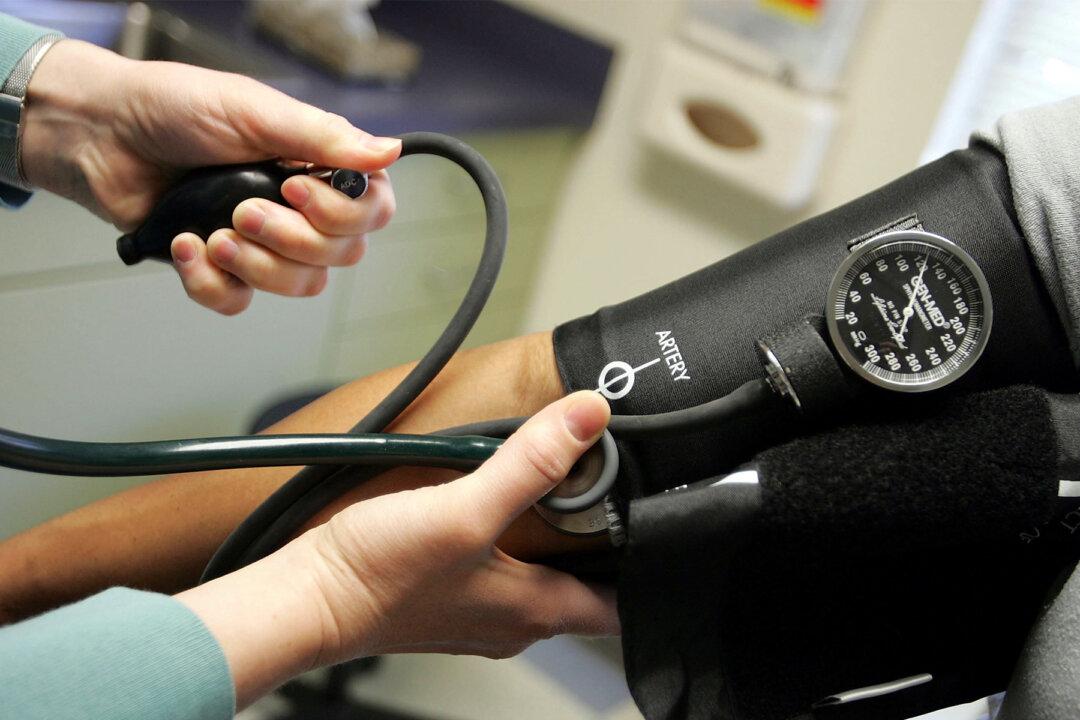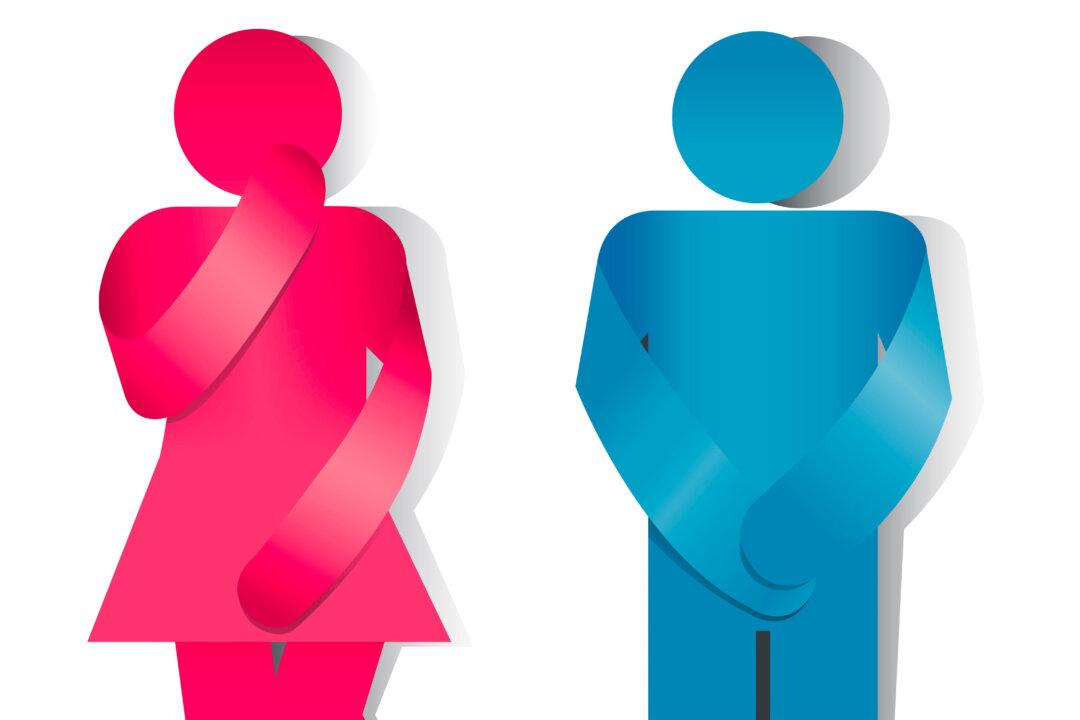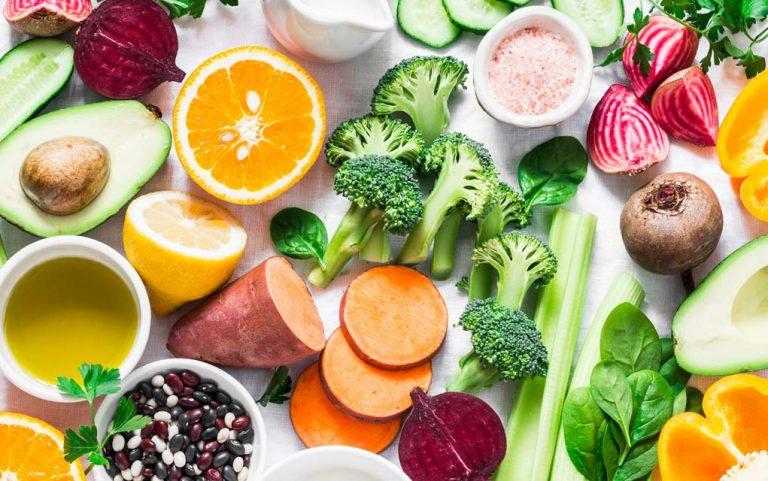Do you have high blood pressure (aka, hypertension)? If the answer is yes, there’s some good news for you and the one-third of adults in the United States who share this cardiovascular condition. There’s also help for the additional one-third who have pre-hypertension, which means their blood pressure is higher than normal but not yet at the hypertensive stage.
The good news is there are numerous techniques to lower blood pressure naturally, without the need for prescription medications. In addition, these natural methods also can benefit your health in other ways, which makes adopting them a win-win situation.





